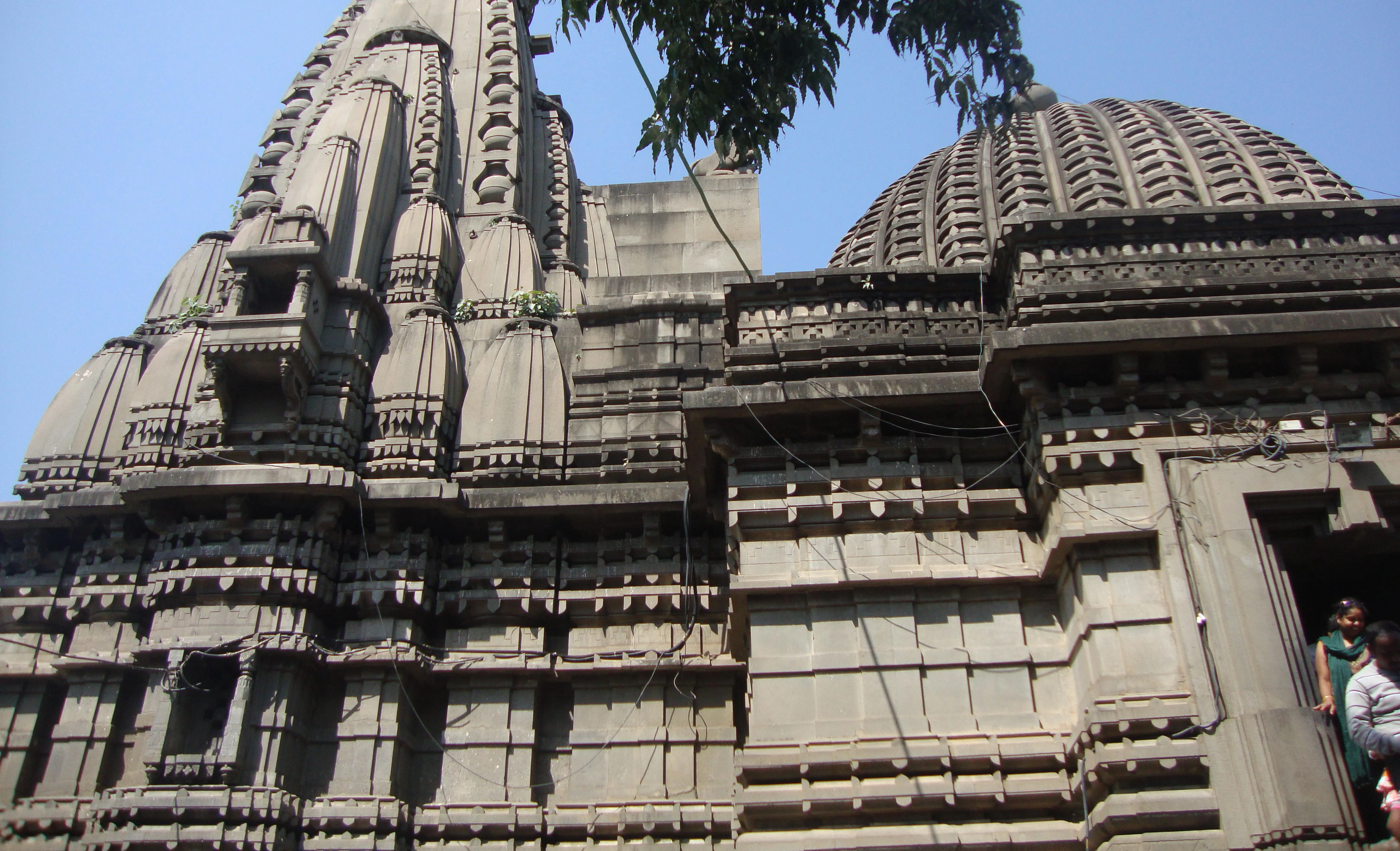
Shri Kale Ram Temple
The Shri Kale Ram Temple in Ayodhya, India, is a revered pilgrimage site known for its historical significance and spiritual sanctity. Dedicated to Lord Rama, an incarnation of the Hindu god Vishnu, this ancient temple holds a unique place in Ayodhya's religious landscape, drawing devotees from far and wide to pay homage and seek blessings. The temple derives its name, "Kale Ram," from an intriguing legend that dates back centuries. According to local folklore, during the period of Mughal rule in India, the area where the Shri Kale Ram Temple now stands was known for a dense forest. It is believed that a saintly sage, revered for his asceticism and devotion to Lord Rama, resided in this forest. Known as "Kale Baba," the sage was deeply committed to his spiritual practices and spent years in meditation and prayer.
Legend has it that Lord Rama, moved by Kale Baba's unwavering devotion, appeared before him in the form of a dark-complexioned (kale) deity. Overwhelmed by the divine presence, Kale Baba was inspired to construct a temple dedicated to Lord Rama on the very spot where he had received this divine vision. Thus, the Shri Kale Ram Temple came into existence as a testament to the saint's devotion and the divine grace of Lord Rama. The architecture of the Shri Kale Ram Temple reflects traditional North Indian temple design, characterized by its ornate carvings, intricate sculptures, and vibrant paintings depicting scenes from the Ramayana, the epic saga of Lord Rama's life and adventures. The temple's sanctum sanctorum houses the idol of Lord Rama, adorned with offerings of flowers, incense, and lamps by devotees who visit to express their reverence and seek blessings.
- Devotees visit the Shri Kale Ram Temple year-round, particularly during festivals like Ram Navami, to honor Lord Rama through rituals, hymns, and prayers.
- The temple becomes a focal point of religious fervor during festivals, drawing devotees who seek spiritual connection and blessings.
- Beyond religious significance, the temple plays a crucial cultural and spiritual role in Ayodhya, fostering a sense of community among visitors.
- The tranquil surroundings of the temple offer a peaceful retreat for meditation and spiritual contemplation.
- Visitors deeply connect with the divine presence of Lord Rama, finding solace and inspiration in his teachings of righteousness and compassion.
- The temple stands as a symbol of faith, devotion, and cultural heritage in Ayodhya, named after Kale Baba and Lord Rama's divine manifestation.
Browse All
- Hanuman Garhi Mandir
- Ram Janmabhoomi
- Kanak Bhawan
- Nageshwarnath Temple
- Sita Ji ki Rasoi
- Swarg Dwar Temple
- Sri Mani Ram Das Chhawni
- Raj Dwar Temple
- Tretanath Mandir
- Guptar Ghat
- Ram ki Paidi
- Military Temple
- Jain Temple
- Sankat Mochan Hanuman Mandir
- Badi Devkali Devi Temple
- Janki Ghat
- Matgajendra Temple
- Shri Kale Ram Temple
- Shri Ram Janki Birla Temple
- Makhauda Dham
- Raja Dashhrath Damadhi